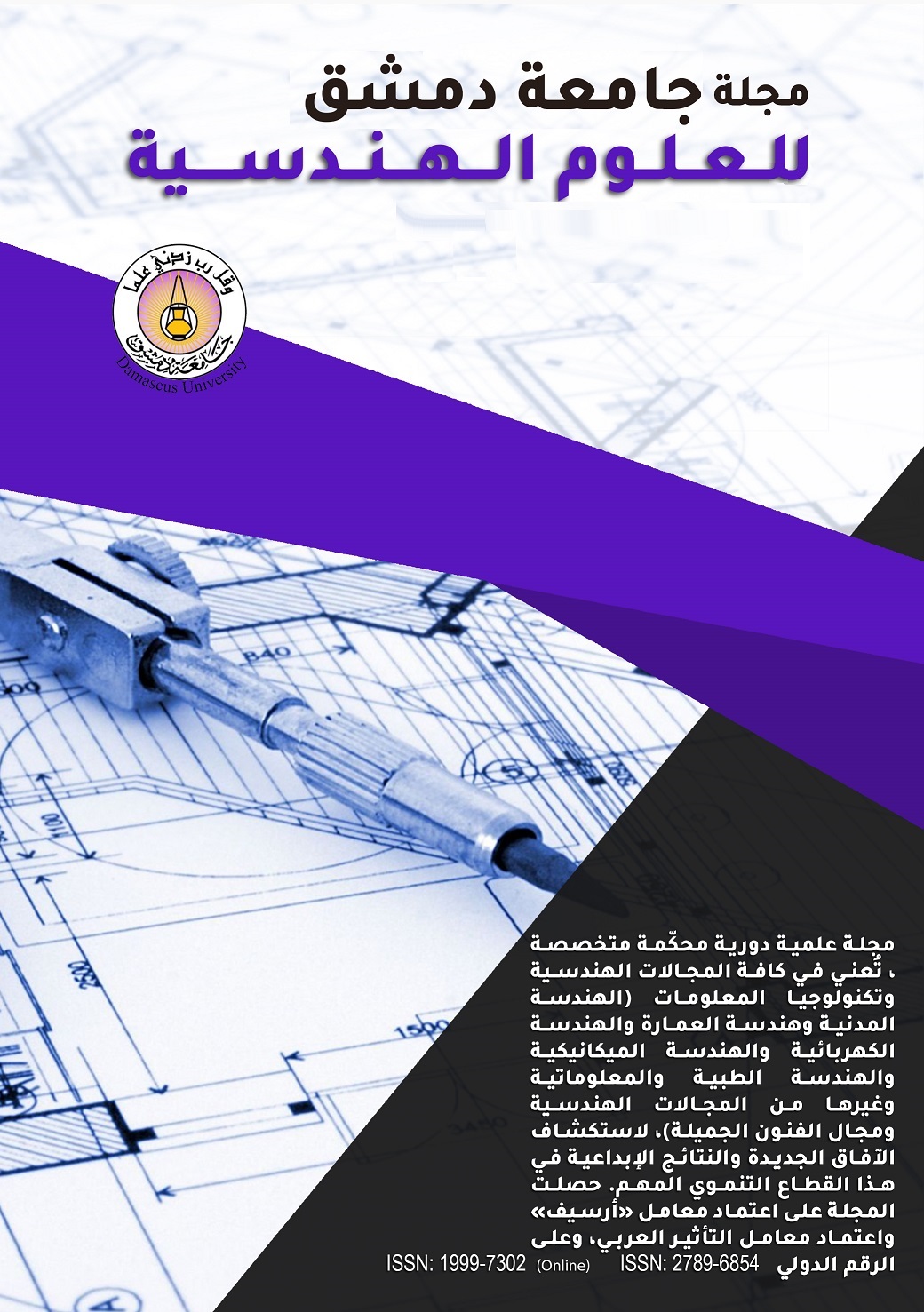Using Cholesky Decomposition and Sparse Matrices for Conditional Simulation of a Gaussian 2D Random Field
Keywords:
Sparse Matrices, Incomplete Cholesky Decomposition, Geostatistical Simulation, Gaussian Random FieldsAbstract
This study presents an efficient practical method for the generation of sequential conditional simulation of a Gaussian two-dimensional random field which we frequently encounter in GIS spatial analysis problems such as DEM’s generation from a limited number of data. The many realizations typically correspond to many reasons such as the geospatial uncertainty, the morphological perturbations over the surface having a complex structure or the inadequate representation of the triangulated network TIN or grid. These realizations with simulation-based concept enable the performance and uncertainty assessment that tunes to various geospatial (GIS) applications. For DEM generation and implementation of the conditional simulation, we need to decompose the covariance matrix of the data points and grid nodes by Cholesky Decomposition. Conditional simulation respect data values and transfers those values into the grid nodes. With the Incomplete Cholesky decomposition of the covariance matrix, we can produces as many simulations as needed in a single step with an accuracy, in a global sense, much better than the Moving Window Kriging method. In other words, we don’t need to repeat covariance matrix generation and decomposition many times. On the other hand, there is the problem of producing covariance matrices in the case of large dataset, which proved to be time consuming and may take several hours on PC. The present paper presents a solution to this problem using Sparse Matrices Technique and Cholesky decomposition to achieve conditional simulation, reducing the time required for computations dramatically, as well as decreasing the demand of large amount of computer memory. For the purpose of this study and testing all algorithms, a MATLAB Programs were made by the author. They have been used in all computation stages and applied using real data. The study has shown that we can reduce computation time by 85%-95% according to the scale of the problem yet saving a considerable space in memory needed to store matrices.

